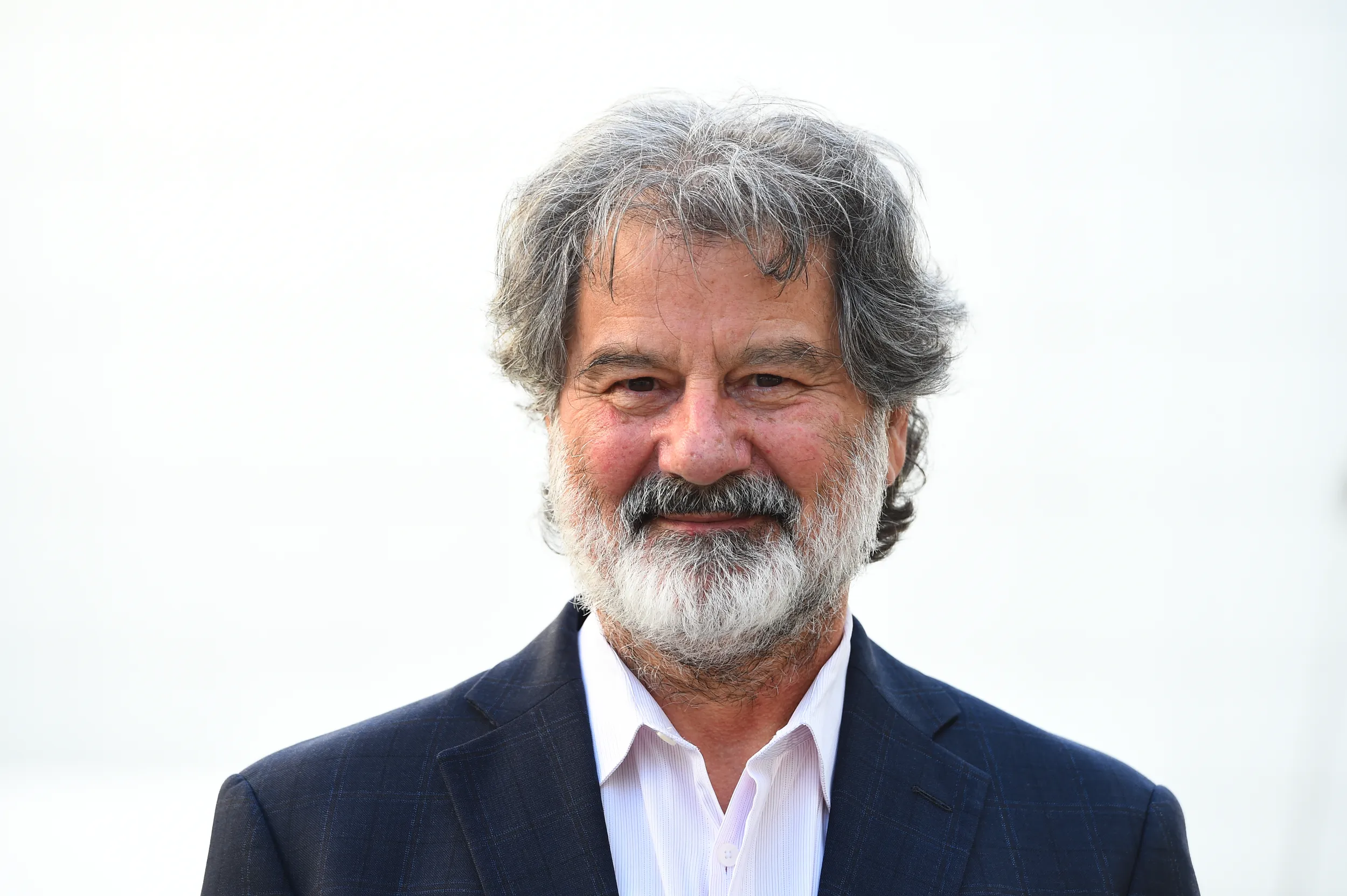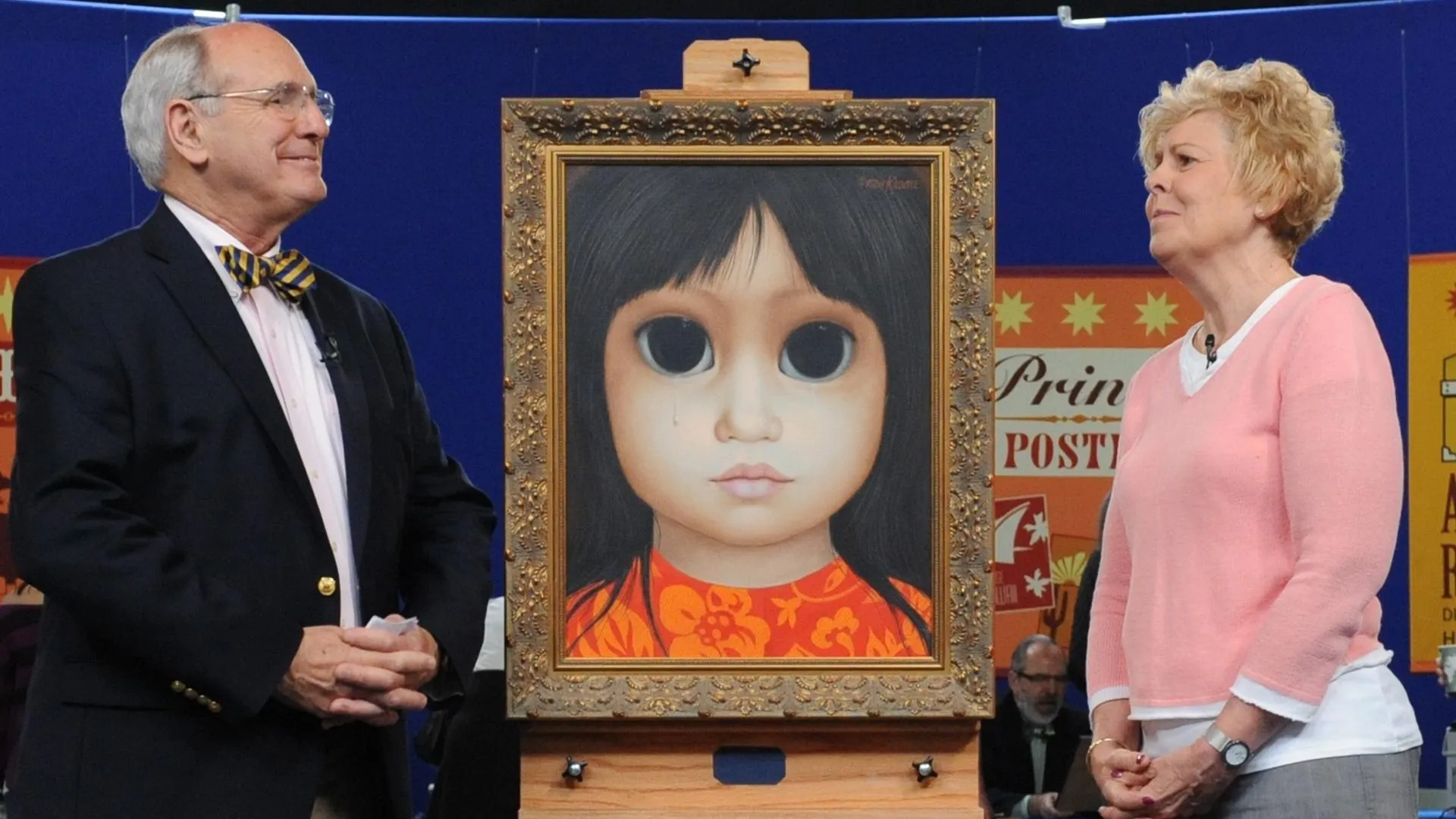GUEST: My husband's father was Maynard Dixon. He always had Indian artifacts and things in his studios wherever he was. And when he died, of course they went to his then wife, Edith Hamlin. And when Edith passed away, this was given to us.
APPRAISER: Well, what a wonderful gift.
GUEST: Oh.
APPRAISER: Do you know about the tribe that it's from and its age?
GUEST: Well, we think it's Zia.
APPRAISER: It is, Zia Pueblo. This is a northern Rio Grande pueblo in New Mexico famous for its pottery, particularly famous for some of its large pottery. It's hard to say who made this exactly. It may have been made by the Medina family, a large family of really well-accomplished potters in New Mexico. We'd have to do a bit of research, though, to really know that for sure. The imagery reflects bird feathers and bird wings, so it relates the pot to the upper world. I particularly love this long, undulating line. It divides the upper pattern from the lower. It gives a completely different register. We see it differently. It's 18 inches tall and 20 inches wide. That's about as big as Pueblo pottery gets. Maybe an inch or two more, but they don't survive. This is a miracle of survival. It's in great, great...
GUEST: We try.
APPRAISER: It's in great condition. Of course this is a ceramic pot. This is the tradition in the Southwest. The ladies would take clay from a native source, they'd roll it into long tubes, roll it around...
GUEST: Coils.
APPRAISER: ...create the pot and then flatten it with a stone or a rag. They'd polish it, then they'd paint, and they would fire it in a kiln. It's very difficult to fire a big pot; it can break. This woman was a very, very accomplished potter. Dating, my guess circa 1920.
GUEST: Why do you say it's a woman? You think because the potters were...
APPRAISER: The tradition amongst the Pueblo tribes was that the women did the pottery. The men did the weaving. Do you have a feeling for value on a piece like this?
GUEST: We were told at one time a few years ago about $18,000, but I have absolutely no idea. The value for us is far beyond the money for my husband.
APPRAISER: It's a personal... it's a matter of family. Absolutely. Of course. $18,000 a number of years ago may have been appropriate, maybe 20 or 25 years ago. The value of large Zia pots with this spectacular design really increased considerably. The pot I think just by itself would be, on a retail basis, valued in the neighborhood of $50,000.
GUEST: (chuckles)
APPRAISER: However, since this was Maynard Dixon's pot and perhaps in his studio, certainly one of the objects in his collection...
GUEST: Absolutely.
APPRAISER: I think we have to increase that a little bit. I would value this pot on a retail basis in the neighborhood of $70,000.
GUEST: Oh, my God.
APPRAISER: And if you had to insure it, maybe a little more.
GUEST: Well, as I say, the money is wonderful, but it's the spirit and what it means to my husband and that's what really counts.











